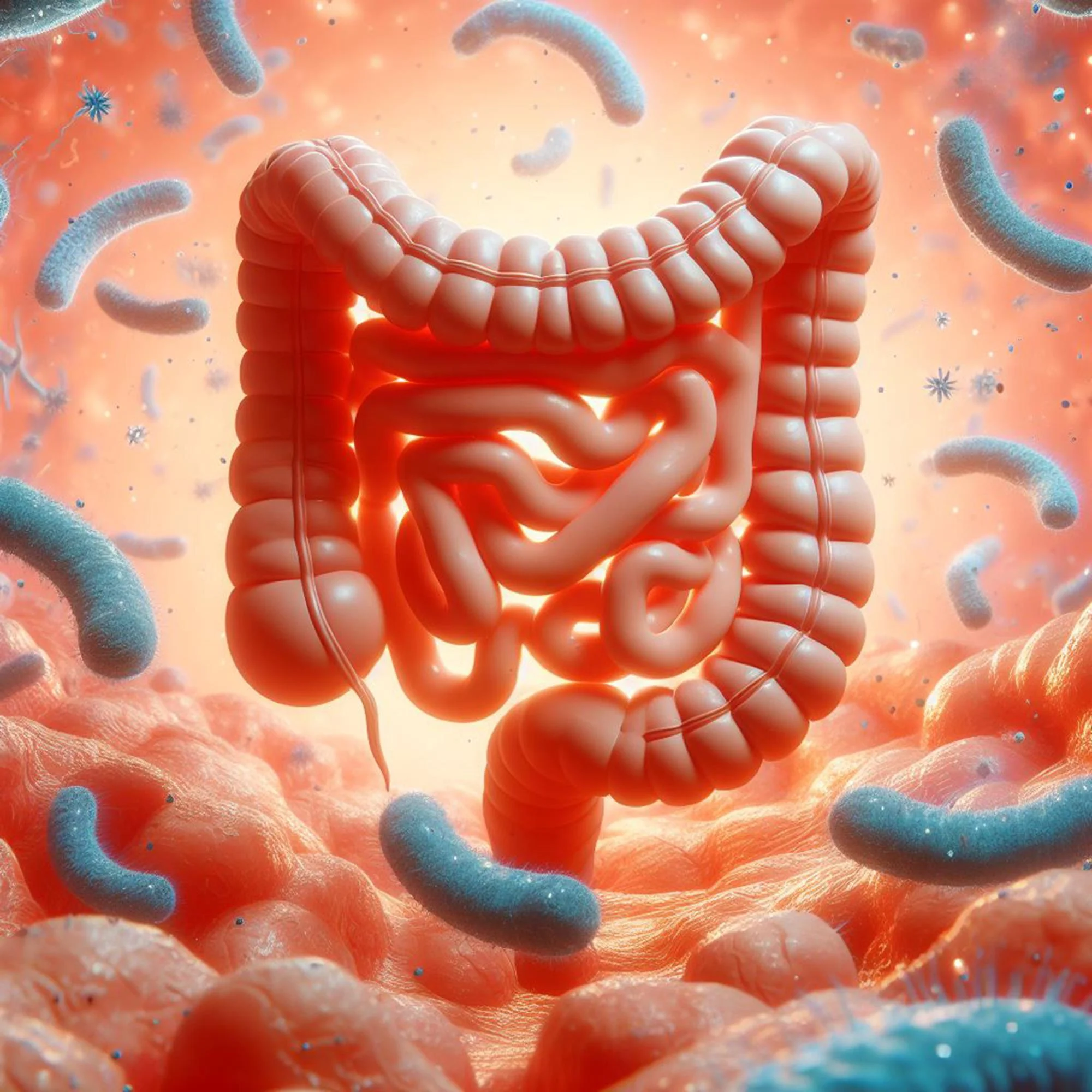A groundbreaking study published in the Journal of Biological Engineering has presented a novel approach to optimizing molecular transport through primary human small intestinal monolayers. The research paper, titled “Molecular transport through primary human small intestinal monolayers by culture on a collagen scaffold with a gradient of chemical cross-linking,” signifies a leap forward in creating in vitro models that more closely resemble the in vivo intestinal environment.
Discovery Through Collaboration
This pivotal study is the result of a collaborative effort among experts from various departments within the University of North Carolina. The team includes Jennifer E. Speer, Department of Chemistry; Dulan B. Gunasekara and Peter J. Attayek, Joint Department of Biomedical Engineering; Yuli Wang, John K. Fallon, and Philip C. Smith, Division of Pharmacoengineering and Molecular Pharmaceutics, and Christopher E. Sims along with Nancy L. Allbritton from the Department of Chemistry and Biomedical Engineering.
DOI and Conflict of Interest
The study, DOI 10.1186/s13036-019-0165-4, addresses an aspect that is crucial in pharmaceutical development and personalized medicine – the accurate simulation of drug transport across the small intestine. Researchers stated that the study followed ethical standards per the Declaration of Helsinki and was approved by the Institutional Review Board and Office of Human Research Ethics at the University of North Carolina.
An interesting disclosure in the study shows that some of the contributors have financial interests in Altis Biosystems, Inc. Notwithstanding, the publication clarifies that the remaining authors have no conflicts of interest and that Springer Nature upholds a neutral stance with respect to jurisdictional claims in published maps and institutional affiliations.
The Basis of the Study
In the pursuit to understand the small intestine’s absorption dynamics, prior studies have employed conventional methods to generate in vitro models mimicking the intestines. The traditional models involved growing cellular monolayers over plastic or non-gradated collagen platforms, which do not fully replicate the biological and mechanical properties of the natural small intestinal tissue.
Advancing Beyond Traditional Scaffolds
The novel approach by Speer et al. uses a collagen scaffold characterized by a gradient of chemical cross-linking to culture primary human small intestinal cells. This method aims to recreate the diverse stiffness of the intestinal lamina propria more accurately than ever before. The study’s results indicated that compared to monolayers on conventional scaffolds, those cultured on the gradient cross-linked scaffold exhibited superior transporter function that mimics an in vivo setting.
Implications for Drug Delivery and Absorption
A critical discovery of this study is the variance in the expression and function of transporter proteins associated with drug processing – such as the breast cancer resistance protein (BCRP) and multidrug resistance protein 2 (MRP2). The findings indicated that the gradient cross-linked scaffold supports an environment more conducive for these proteins to operate similarly as in freshly isolated crypts/villi, which is an integral facet for drug development.
The team also used substrates like prazosin to assess the transport capabilities of the cultured intestinal monolayers. The ability of cells on the gradient cross-linked scaffold to transport drugs effectively showcased their potential utility in screening for oral drug absorption and evaluating the effects of various compounds on the human intestine.
The Platform for the Future
Beyond the study’s immediate scope, the outcome presents an essential stride towards developing more sophisticated and accurate in vitro platforms for pharmacological research, possibly reducing the reliance on animal models. Such advancement has implications for the safety and efficacy of pharmaceuticals, as well as for the better understanding of intestinal diseases and the development of therapeutics.
References
To contextualize this research, the following five references were instrumental for the completion of this study:
1. Kiela PR, Ghishan FK. Physiology of intestinal absorption and secretion. Best Pract Res Clin Gastroenterol. 2016;30(2):145–159.
2. Pang KS. Modeling of intestinal drug absorption: Roles of Transporters and Metabolic Enzymes. Drug Metab Dispos. 2003;31(12):1507–1519.
3. Crawley SW, Mooseker MS, Tyska MJ. Shaping the intestinal brush border. J Cell Biol. 2014;207(4):441–451.
4. Lin L, Yee SW, Kim RB, Giacomini KM. SLC transporters as therapeutic targets: emerging opportunities. Nat Rev Drug Discov. 2015;14(8):543–560.
5. Estudante M, Morais JG, Soveral G, Benet LZ. Intestinal drug transporters: an overview. Adv Drug Deliv Rev. 2013;65(10):1340–1356.
Keywords
1. Human intestinal monolayers
2. In vitro drug absorption models
3. Intestinal barrier integrity
4. Intestinal transporter proteins
5. Collagen scaffold cross-linking
Conclusion
The findings reported by Speer and colleagues shed light on the intricacies of intestinal transport mechanisms, paving the way for a new generation of accurate, patient-specific, and functionally-relevant in vitro models. As this research permeates into practical applications, it could revolutionize the field of drug development, personalized medicine, and intestinal health research, fostering a deeper understanding of human biology in health and disease.
